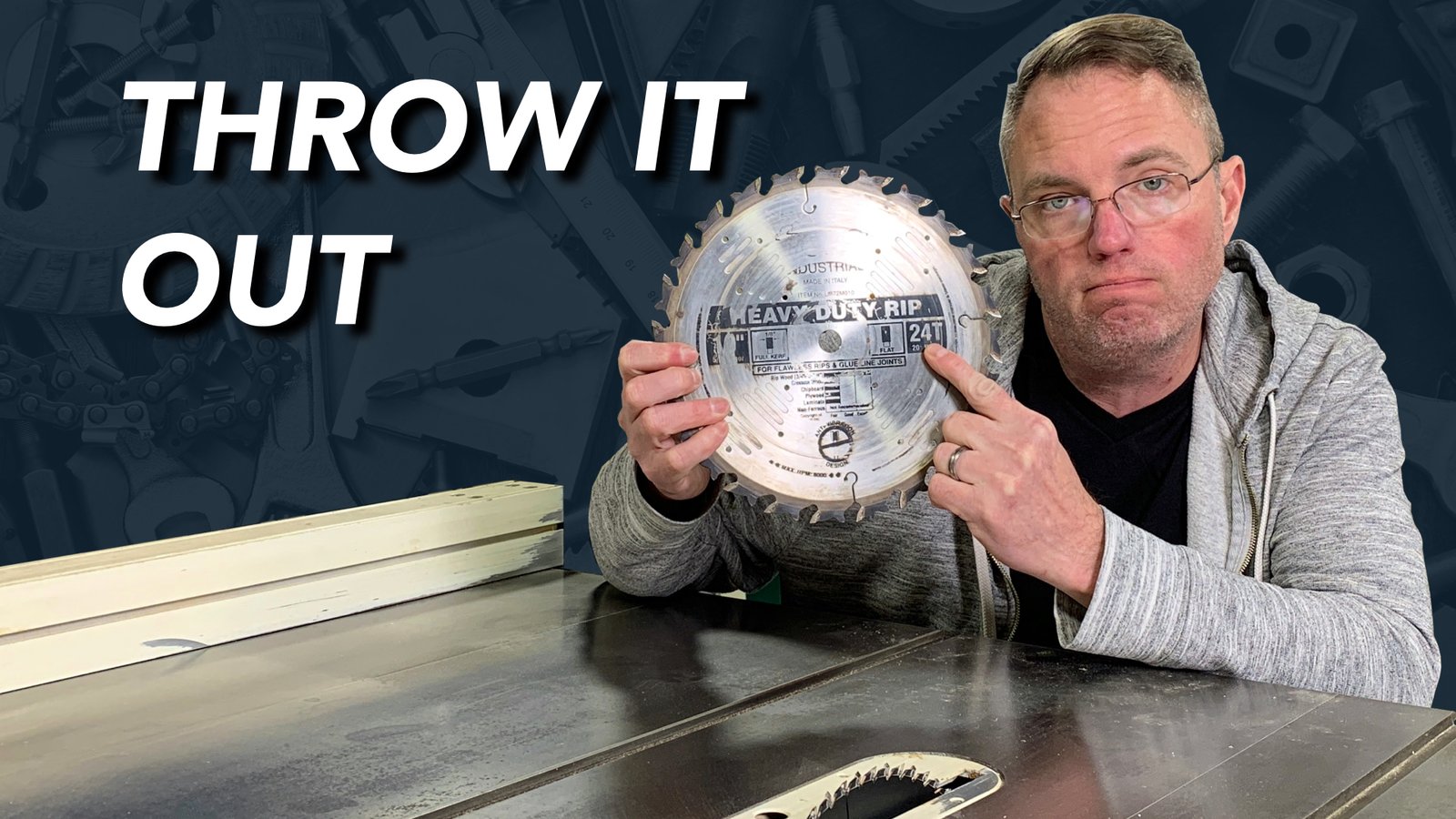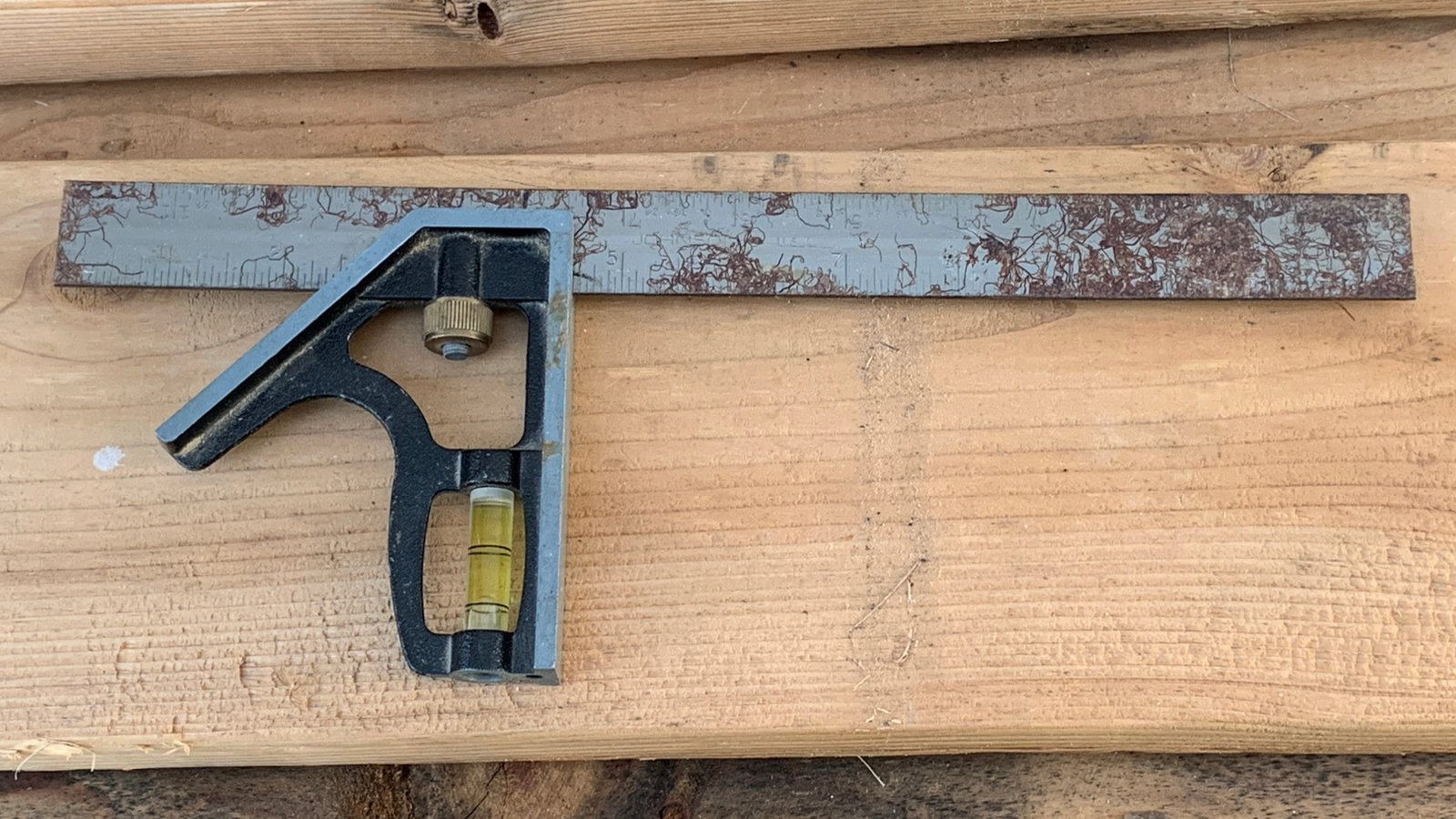Starting out in woodworking can be overwhelming, especially when you’re looking at table saws online. With all those fancy high-end models and countless accessories, it’s tough to know where to put your money. After years in the shop, here are five things I really wish someone had told me before I bought my first table saw.
1. The Blade Matters More Than You Think
Toss that factory blade that came with your saw! Those 24-tooth construction blades make horrible cuts for woodworking projects. Instead, invest in a good 60+ tooth fine cut blade. I use a 62-tooth blade that gives clean cuts while still moving at a decent speed. Remember, more teeth means cleaner cuts but slower cutting speed. When in doubt, go with more teeth – you can always slow down your feed rate, but you can’t magically make a rough cut smooth.
2. Make Your Own Accessories
Don’t waste your money on those fancy plastic push sticks and feather boards! Seriously, I see guys dropping $30-60 on plastic accessories you can easily make from shop scraps.
The beauty of homemade push sticks and blocks is that when you’re ripping thin stock and need to send that push stick dangerously close to the blade, you won’t stress about ruining your expensive store-bought gadget. My shop-made push blocks have saved my fingers countless times, and when they eventually get chewed up, I just make new ones from scraps. Save that accessory money for good wood instead.
3. Don’t Overspend on the Saw (But Don’t Cheap Out on the Fence)
You don’t need a $3,000 cabinet saw to do good woodworking. A quality contractor saw will serve most woodworkers just fine. I’ve been using what’s basically a beefed-up contractor saw for years in my small production shop, pushing hundreds of feet of hardwood through it without issues.
Where you should spend money is on a good fence system and maximum rip capacity. My saw has a 32-inch rip capacity, which is perfect for breaking down sheet goods. A precise, reliable fence will improve every single cut you make, while that extra horsepower in the fancy cabinet saw might only matter once in a blue moon.
4. Build a Simple Outfeed Table
This is a game-changer in the shop. Build yourself a basic outfeed table that matches your saw height (or sits about 1/8″ lower to prevent binding). Mine is just utility plywood – nothing fancy.
The beauty is it doubles as a great all-purpose shop table. I glue on it, paint on it, and when it gets too beat up, I just replace the top. Try ripping an 8-foot board without proper support, and you’ll immediately understand why this belongs on the “must-have” list.
5. Keep That Blade Low!
This might’ve saved my finger, so listen up. Always adjust your blade height so it’s just barely (about 1/4″) above your workpiece.
I’ve seen more missing fingers from table saws than any other shop tool. When my hand slipped into the blade years back, having the blade at the proper height meant I walked away with a nasty cut instead of losing the finger entirely. Those few seconds it takes to crank the blade down might save your hand someday.
These simple but crucial tips have served me well over the years. Woodworking should be enjoyable and safe – not bankrupting or dangerous. Focus your resources where they matter most, make what you can, and always respect the tool. Your future fingers (and wallet) will thank you!



